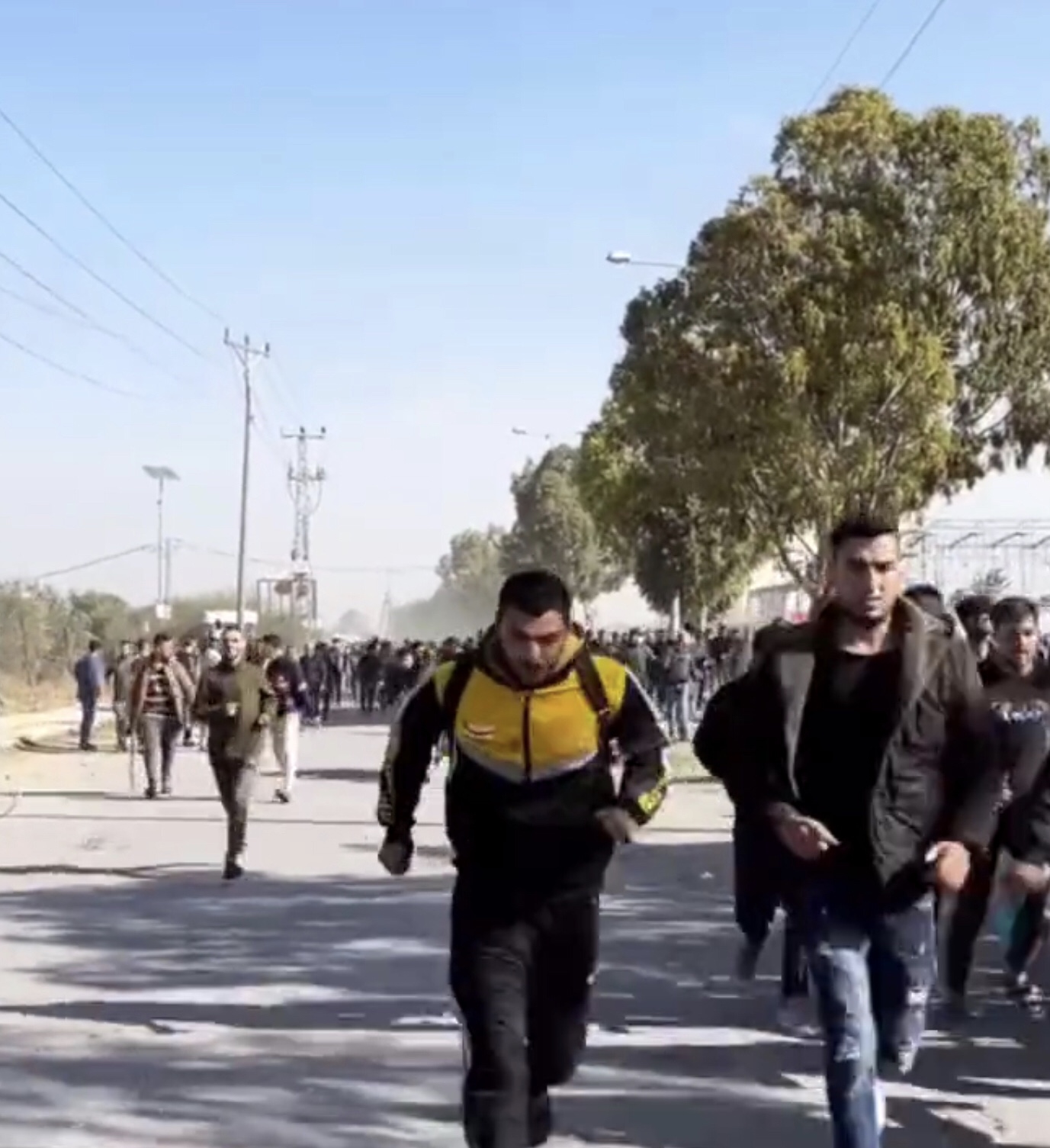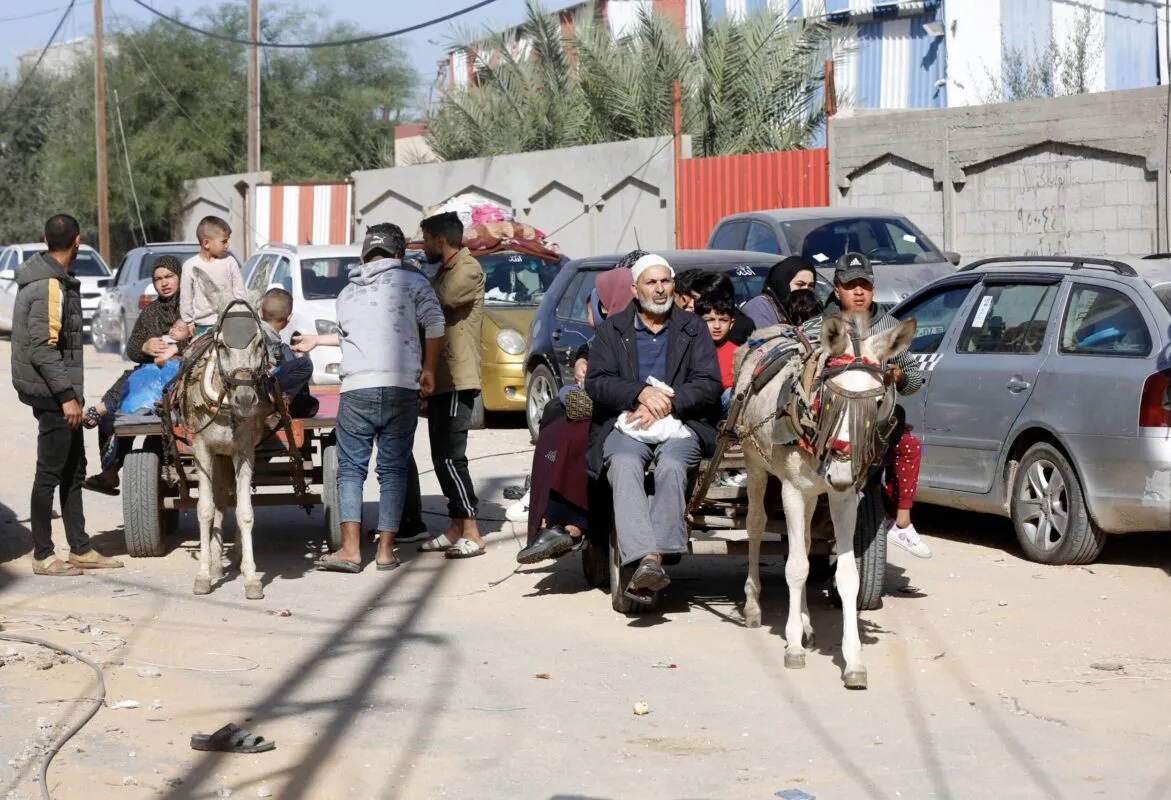The long awaited 4 day Gaza ceasefire began in earnest on Friday morning and the world focused on the release of the first tranche of Israeli hostages in exchange for the release of a small number of the thousands of illegally detained Palestinians. But away from the media glare and the joy at families reunited, hundreds of displaced residents of northern Gaza, who had endured and survived the carnage over the last 7 weeks and had been forced to flee south, chose to ignore Israeli warnings and to take advantage of the break in bombings, to make an attempt to return to their homes in the North of Gaza.
‘The area north of the Gaza Strip is a combat zone and it is forbidden to stay there.…The War is not over’
Statements in Arabic were delivered on social media sites including Twitter, by the Israeli military spokesperson, Avichay Adrace, which read:
‘Residents of Gaza, the movement of the population from the south of the Strip to the north will not be allowed in any way, but only from the north to the south. We invite you not to approach the military forces and the areas north of the Gaza Valley. Take advantage of the time to replenish your needs and arrange your affairs. The area north of the Gaza Strip is a combat zone and it is forbidden to stay there. The war is not over and we urge you to obey the teachings and warnings for your safety’
Palestinians shot dead as they defy instructions not to travel north
Reports indicate that several Palestinians have been shot dead by Israeli soldiers as they attempted the return and dozens more are reported to have been fired on and injured. Video footage currently circulating on social media shows some of the successful returnees visiting what is left of their homes in areas such as as Beit Lahiya, in the northern Gaza Strip.

The overall mood among the displaced across the Gaza Strip, is a mixed feeling of temporary relief at the respite from bombing and the chance to obtain basic amenities of food and water mixed with an overriding feeling of trepidation in anticipation that the mayhem and destruction that is scheduled to imminently resume. There is a feeling that the so called ceasefire provides a false hope, that it is incomplete and unfair, that it has little meaning if it doesn’t allow residents to check on loved ones or to bury the dead. Many are simply praying that the pause in the killing holds.
Relief supplies enter Gaza, but too little and too late – ‘A drop in the ocean’
Tedros Adhanom Ghebreyesus, the Director General of the World Health Organisation (WHO) said:
‘We welcome the start of the humanitarian pause in Gaza and the movement of humanitarian aid, including for health. It’s a step in the right direction, but much more is needed. We continue to call for a sustainable ceasefire to end further civilian suffering’
On the first day of the pause, the United Nations Works Relief Agency reported that 137 trucks of humanitarian supplies had successfully entered Gaza through the Rafah crossing and been unloaded at their depots. There have also been reports that 129,000 litres of fuel and four trucks of gas had also successfully made its way through the Rafah crossing into Gaza.
The UN Office for the Coordination of Humanitarian Affairs (OCHA) reported that hundreds of thousands of Gaza residents now had access to food, water and medical supplies.
The current flow of approximately 200 trucks of supplies a day, compares to the historic number before the recent outbreak of hostilities, which was 500 trucks a day. In the words of a Palestine Red Crescent Society (PRCS), spokesperson, Nebal Farsakh, the current provision was:
‘a drop in the ocean… The situation has gone beyond catastrophic at a humanitarian level and a medical level … The complete health sector now is collapsing during this ongoing escalation’






